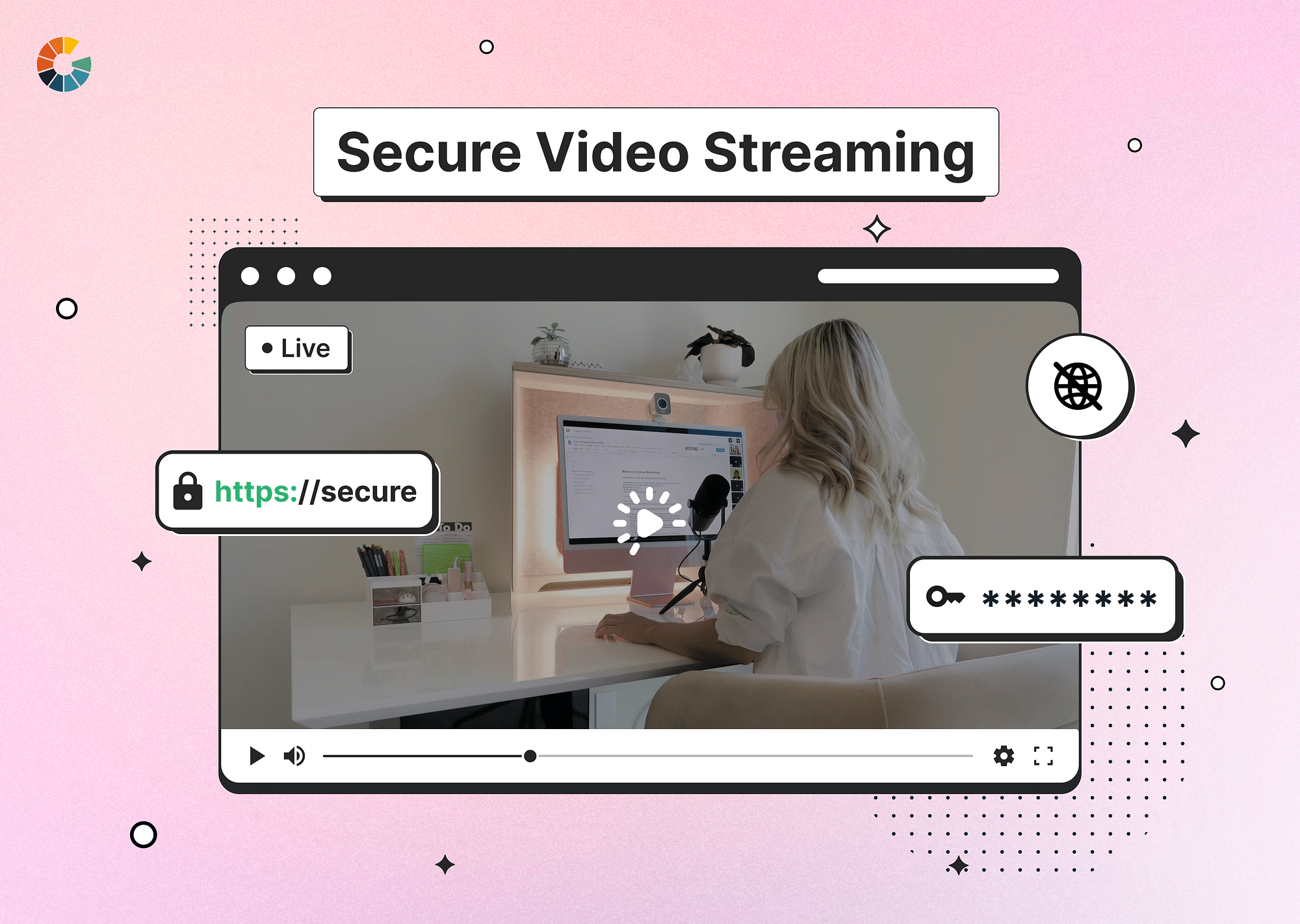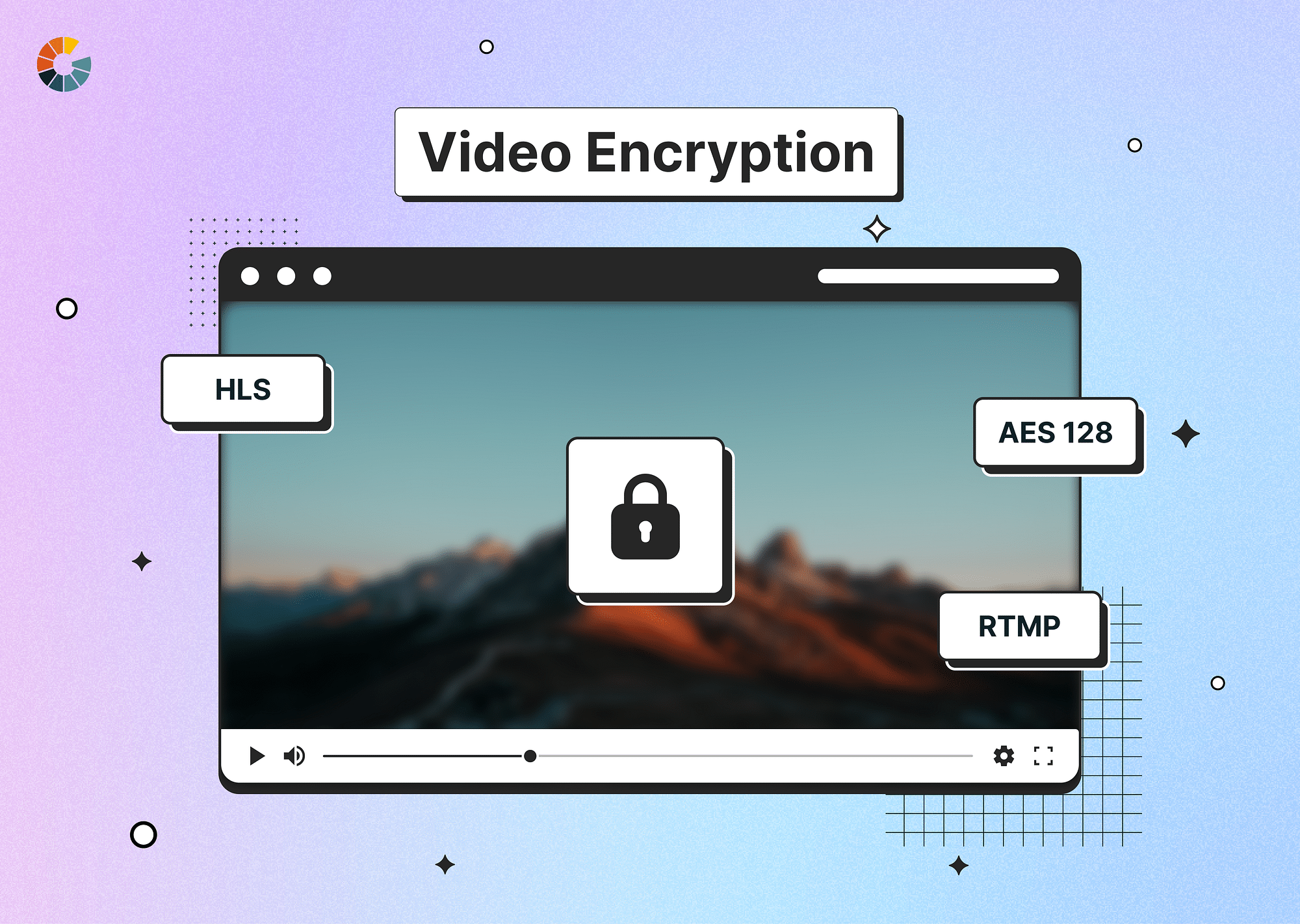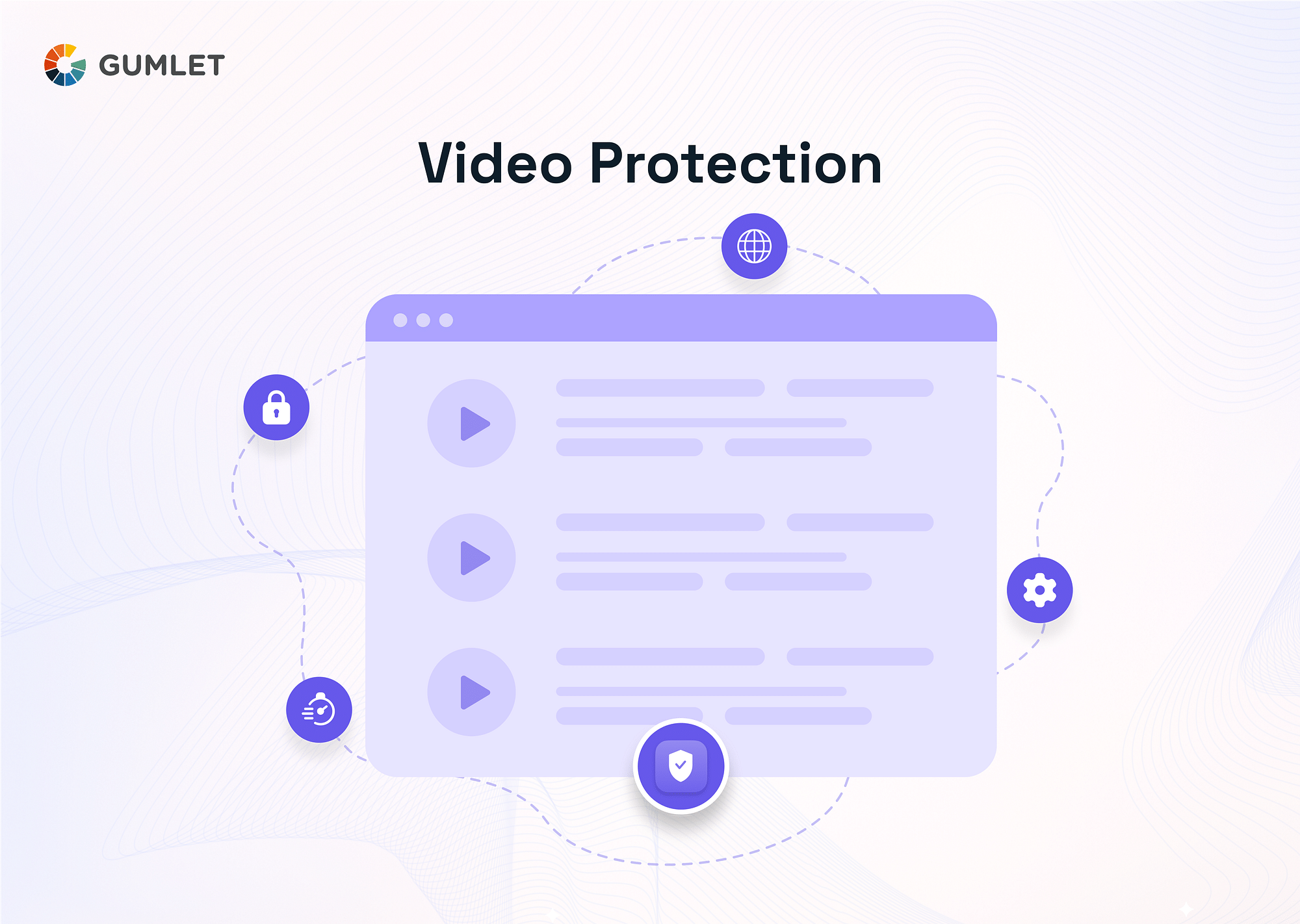What is Secure Video Streaming?
Nothing is more powerful in the digital era than video content. Whether training in a corporation or enjoying a lecture or event, video is omnipresent in our online world. Nevertheless, as the need for video content grows by the day, so does the requirement for secure video streaming.
This is where secure video streaming comes to the fore. Secure video streaming encompasses the guarding of digital video files from unauthorized access, piracy, and distribution. This refers to a set of technologies and methods that are primarily used to verify if only authorized persons can watch the videos and to protect the interests of content creators and distributors.
Benefits of Secure Video Streaming
- Revenue Protection: By preventing unauthorized access and distribution, secure video streaming ensures that revenue streams from video content are preserved. This is crucial for creators and businesses that rely on video content for their livelihood.
- Brand Reputation: Secure streaming protects the integrity of the content and the brand behind it. Pirated or poorly secured content can damage a brand's reputation, leading to a loss of trust among consumers.
- Compliance: Many industries are subject to regulations that require the protection of sensitive information. Secure video streaming helps businesses comply with these regulations, avoiding potential legal penalties and fines.
How to Secure Your Online Video Streaming?
For Content Creators
Content creators often face the challenge of protecting their videos from piracy while ensuring they remain accessible to their intended audience. One of the most effective solutions is dynamic watermarking.
Dynamic Watermarking
Dynamic watermarking emerges as a beacon of hope for content creators aiming to protect their intellectual property. This innovative approach distinguishes itself from traditional static watermarks by its adaptability; the watermarks are designed to shift in position, alter in shape, and even vanish and reappear at various intervals throughout the video. This fluid nature makes dynamic watermarks a formidable foe against piracy, drastically complicating any attempts to remove them without compromising the video's integrity. As a result, it significantly elevates the barrier against unauthorized use and distribution, ensuring that creators can maintain control over their content.
However, while dynamic watermarking stands as a robust line of defense, it is not without its limitations. The primary concern lies in its singular focus on visual deterrence, which, though effective, may not fully encapsulate the breadth of security measures necessary for comprehensive protection. To counteract this, it's imperative that dynamic watermarking be integrated into a more extensive security framework, incorporating encryption and stringent access controls. This multifaceted approach ensures a deeper layer of security, fortifying the content against a broader spectrum of threats.
As we navigate through the complexities of content security, it's essential to acknowledge the array of alternatives at our disposal. Techniques such as fingerprinting, content ID systems, and robust access control mechanisms stand as valuable allies. These methods offer additional avenues to monitor and prevent unauthorized distribution, signal potential copyright infringements, and curb unauthorized access and sharing.
For Small and Medium-Sized Businesses (SMBs)
Small and medium-sized businesses (SMBs) occupy a unique position in the digital ecosystem, facing distinct challenges in protecting their video content. Balancing security measures with resource constraints, SMBs must find effective yet manageable solutions to safeguard their video streams against unauthorized access and distribution. The quest for optimal security strategies leads to two pivotal solutions: password protection and signed URLs.
Password Protection and Signed URLs
For SMBs, the allure of password protection lies in its simplicity and directness. By gating content behind a password, businesses can ensure that only those with explicit permission can access their videos. This method is straightforward to implement and manage, making it an ideal choice for businesses with limited technical resources. However, its effectiveness is somewhat tempered by the potential for password sharing, which can inadvertently broaden access beyond the intended audience.
Signed URLs offer a more nuanced approach, providing temporary access to content through a URL that expires after a set period. This method not only restricts access to those with the URL but also limits the window of opportunity to view the content, adding an extra layer of security. Signed URLs strike a balance between accessibility and protection, ensuring that content is available to authorized viewers without leaving it open indefinitely. The primary drawback here is the need for a system to generate and distribute these URLs, which may require additional infrastructure or software.
While password protection and signed URLs stand as front-line defenses for SMBs, it's crucial to consider the broader security landscape. Alternatives, like allowed referrer headers and Content Delivery Network (CDN) configurations, offer additional layers of control and security. These methods can restrict access based on the referring website or manage distribution through a network designed to handle large volumes of traffic, respectively.
For Enterprises
Enterprises confront a complex set of challenges when it comes to securing video content. With vast libraries of sensitive and valuable videos, the stakes for protecting these assets are significantly higher. The sheer volume of content, combined with the need for wide distribution across varied devices and platforms, amplifies the risk of unauthorized access and distribution. This landscape demands a robust, scalable solution that can adapt to the intricate needs of enterprise-level operations.
Video Digital Rights Management (DRM)
In addressing these challenges, Video Digital Rights Management (DRM) stands out as the cornerstone of enterprise video security strategies. DRM offers a comprehensive approach to content protection, embedding restrictions directly into the video files. This method ensures that only authorized users can access and play the videos, regardless of where the files end up. DRM's adaptability is one of its strongest suits, enabling enterprises to set specific viewing permissions, such as time-based access, geographical limitations, and device-specific restrictions. This level of control is paramount for enterprises that operate on a global scale, and need to navigate a labyrinth of copyright laws and distribution agreements.
However, the implementation of DRM is not without its challenges. The primary drawback is the complexity and cost associated with integrating DRM solutions. For large organizations, the investment in DRM technology—both in terms of financial resources and technical expertise—can be substantial. Furthermore, the necessity to support multiple DRM standards to accommodate different devices and browsers can complicate deployment and maintenance.
Despite these challenges, the alternatives to DRM, such as multi-DRM systems, Content Delivery Networks (CDN) for secure distribution, and dynamic watermarking, offer supplementary layers of security. Multi-DRM solutions cater to the diverse DRM requirements of various devices and platforms, ensuring broad compatibility. CDNs enhance security through controlled distribution, reducing the risk of bottlenecks and unauthorized access. Dynamic watermarking adds an additional deterrent against piracy, marking content in a way that can trace leaks back to the source.
Why is Gumlet a one-stop solution for all Video Protection needs?
Gumlet is your go-to platform for keeping your videos safe and sound online. It offers a bunch of top-notch security tools like DRM, AES encryption, dynamic watermarking, password protection, and easy player integrations. With Gumlet, you can build layers of protection around your videos, making sure they stay safe from unauthorized access and copying.
What's cool about Gumlet is that it's not just for big companies. Whether you're a solo creator or a huge enterprise, Gumlet has something for everyone. And the best part? It's super flexible and won't break the bank. You can scale up your security features as you grow without worrying about blowing your budget.
So, if you want peace of mind knowing your videos are safe and sound, Gumlet is the way to go. Whether you're starting small or already a big player in the game, Gumlet has your back when it comes to securing your precious video content.
Conclusion
Secure video streaming is essential in today's digital landscape, protecting revenue, brand reputation, and compliance. From dynamic watermarking for content creators to DRM for enterprises, there are solutions tailored to every need. Gumlet emerges as a versatile platform that provides robust security tools for every type of user, ensuring that video content remains secure against unauthorized access and distribution.
FAQs
What types of watermarks are effective for securing video content?
Dynamic watermarks are highly effective due to their changing nature, making them hard to remove without affecting video quality.
Can I upload my existing videos to a secure streaming platform?
Yes, most secure streaming platforms allow you to upload and secure your existing video content.
How can I control who embeds or shares my course videos on other websites?
By using secure streaming solutions that offer embedded restrictions and access controls, such as signed URLs or DRM.
Can you password-protect a live stream?
Yes, many platforms offer the option to password-protect live streams, ensuring that only authorized viewers can access them.




